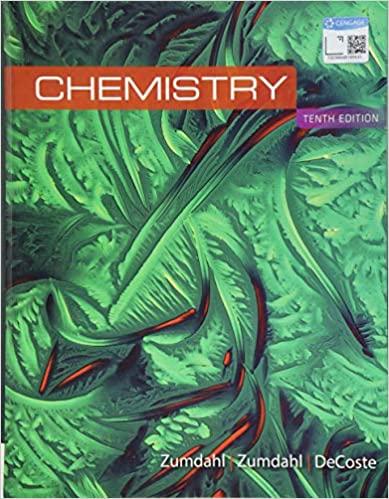A common type of reaction we will study is that having a very small K value (K
Question:
A common type of reaction we will study is that having a very small K value (K << 1). Solving for equilibrium concentrations in an equilibrium problem usually requires many mathematical operations to be performed. However, the math involved when solving equilibrium problems for reactions having small K values (K << 1) is simplified. What assumption is made when solving the equilibrium concentrations for reactions with small K values? Whenever assumptions are made, they must be checked for validity. In general, the “5% rule” is used to check the validity of assuming x (or 2x, 3x, and so on) is very small compared to some number. When x (or 2x, 3x, and so on) is less than 5% of the number the assumption was made against, then the assumption is said to be valid. If the 5% rule fails, what do you do to solve for the equilibrium concentrations?
Step by Step Answer:

Chemistry
ISBN: 9781305957404
10th Edition
Authors: Steven S. Zumdahl, Susan A. Zumdahl, Donald J. DeCoste





